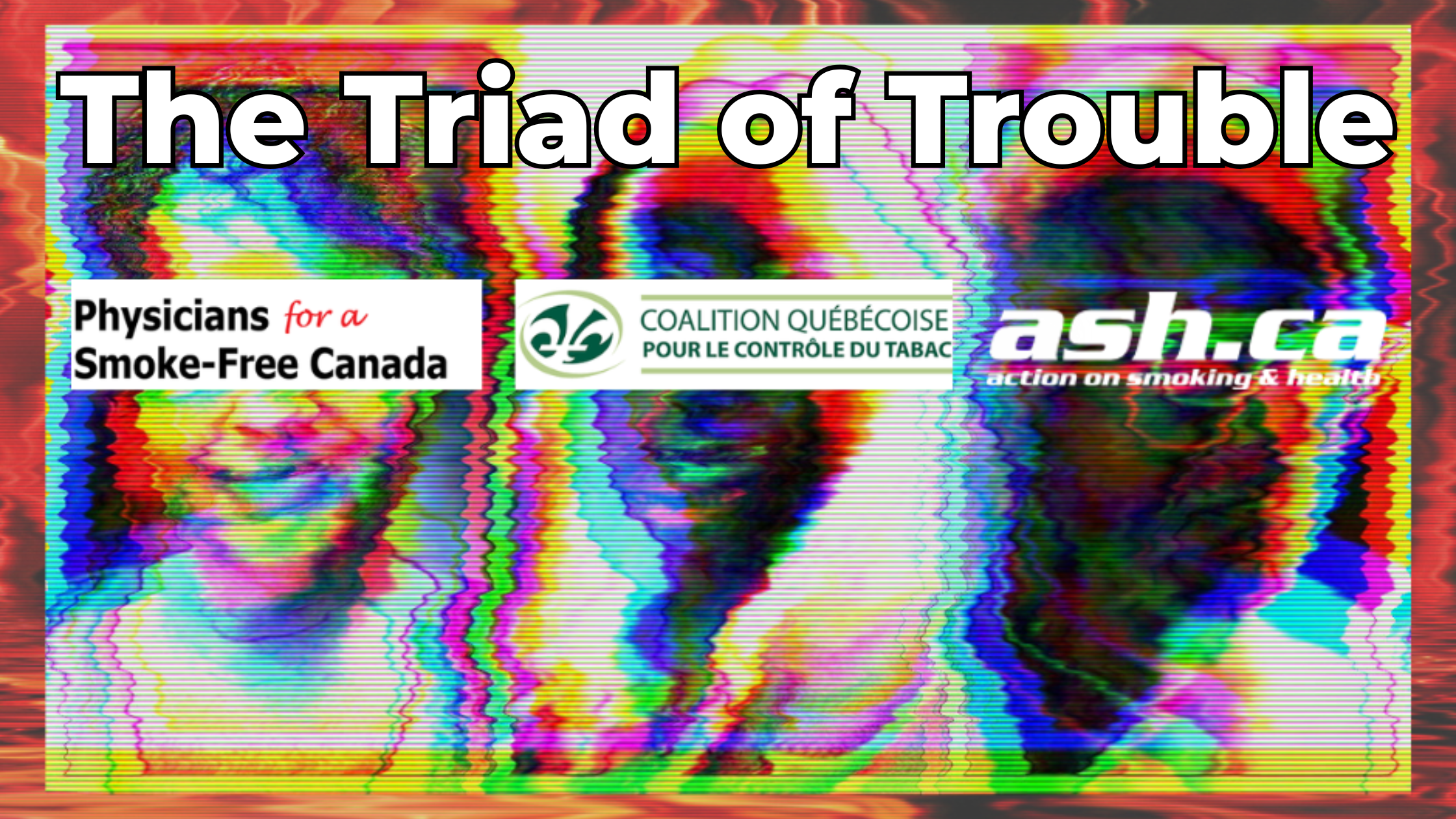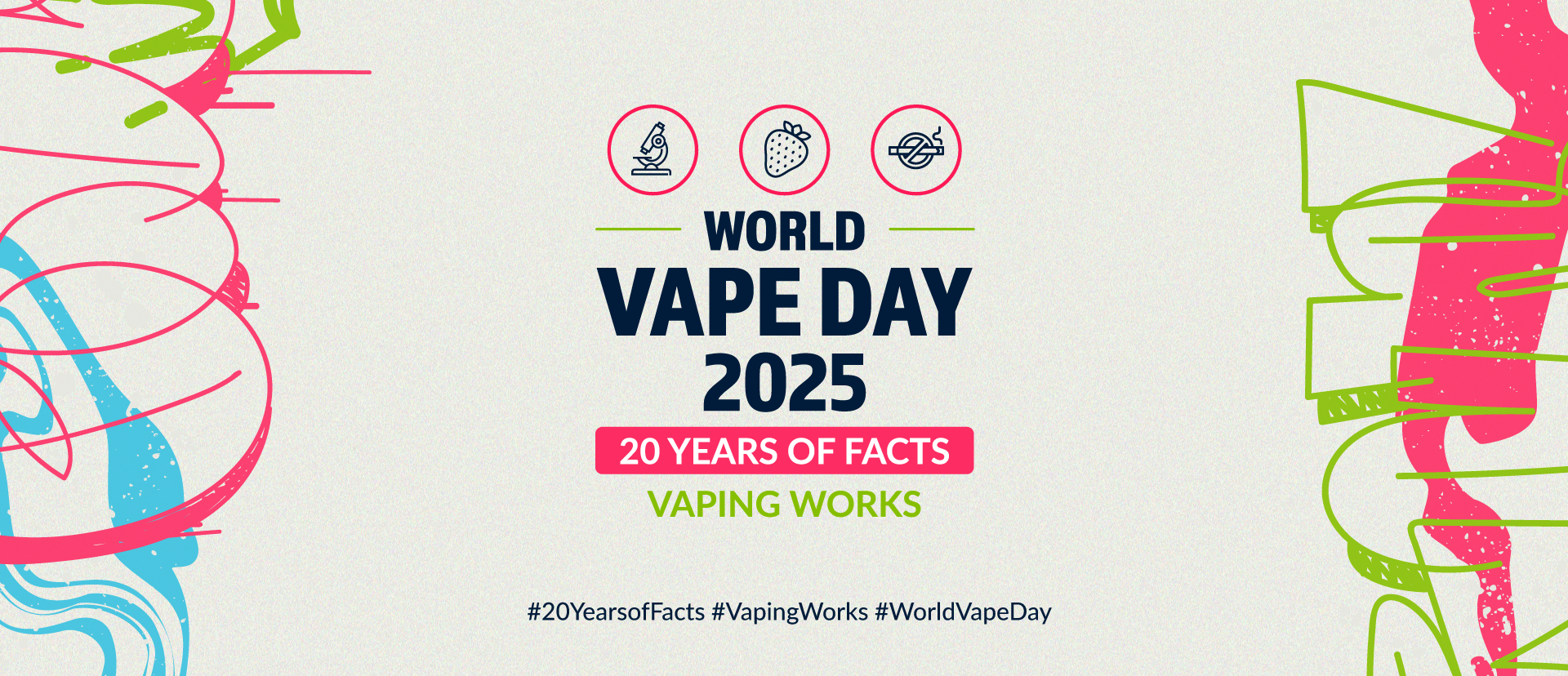Health Canada Nicotine Cap Regulations
Concentration of Nicotine in Vaping Products Regulations
Canada Gazette Part I Volume 154 Number 51
A commentary from an Economics perspective
March 01, 2021
Ian Irvine 1
1 I am a professor in the Department of Economics, Concordia University, Montreal. I am grateful to several people in writing this submission. In particular, my son Neal, a vaper and former smoker, has provided me with invaluable assistance in understanding the vaping market and in writing this report. Disclosure: I have worked as a consultant to the federal government of Canada on alcohol and tobacco and to legal professionals in the private sector who specialize in nicotine. This paper and research have received no funding. Comments welcome to ian.irvine@concordia.ca
ABSTRACT:
Introduction
In December 2019 Health Canada (HC) produced new regulations (henceforth the Regulation) governing the concentration of nicotine in vaping products in Canada. It decided upon a maximum of 20 milligrams per milliliter (mg/ml).
These regulations form one pallier of a multi-pronged assault on the vaping market. The federal government will formally announce restrictions on the availability of flavors in the spring of 2021. Federal/provincial excise and sales taxes are in progress, and further regulations have been promised for 2022.
HC is concerned that concentrations above this level have been both an inducement for teenagers to begin vaping and a source of continued dependence. The Regulation states that “lowering the maximum concentration of nicotine in vaping products is expected to reduce the appeal of these products to youth.”
The central policy challenge in the regulation of vaping is to strike a balance between, on the one hand, inducing smokers who would otherwise not quit smoking to transition to reduced-harm products (RHP) such as electronic cigarettes, and on the other to disincentivize youth from initiating the use of nicotine – a product that induces a high degree of dependence.
The strong growth in teen vaping since 2017 has rightly raised concerns all round. If we could devise policies to limit youth use of nicotine and tobacco that did not at the same time adversely impact our ability to transition smokers to less toxic products all would be well. Alas this is not the case: an increase in taxes affects all users, whether young or old; limiting flavors may reduce the attraction of e-cigarettes to both young new users and older would-be switchers; limiting nicotine concentration might impact youth use (though there is no evidence that it will) and it will limit the attraction to smokers of reduced harm products.
The HC Regulation mimics the European Union (EU) rule on limiting concentration to 20 mg/ml. At the time the EU rule was implemented, a group of 14 internationally recognized scientists (Etter et al, 2014) wrote to the EU Directorate outlining (a) why the limit would ultimately be counterproductive and (b) errors in the directive concerning the interpretation of the scientific literature as it existed at that time. More recently Cummings, Baylin and Sweanor (2020) propose a roadmap for the use of RHPs.
About two thirds of the e-liquid market will be affected by a 20 mg/ml cap. Euromonitor (2020) proposes that the market is 20% supplied by on-line vendors, 30% by gas and convenience (G&C) stores and 50% by vape shops. Virtually all G&C store sales are of products in the 50+ mg/ml range because sales are dominated by Juul and Vuse products. An industry producer of e-liquid informed me that about 60% of product contains 21+ mg/ml and 40% 20 mg/ml or less. Of the 60% in the 21+ category at least half is in the neighborhood of 50 mg/ml. Hence two thirds of product would be eliminated under the cap. This is a severe form of product destruction. Broadly I will argue that
• The scientific literature does not provide support for the claim that a 20 mg/ml nicotine concentration will reduce habituation to nicotine; nor for the claim that will it prevent teen users who experiment with nicotine over a protracted period of time from developing a dependence.
• The Regulation assumes that vaping would become less attractive to teens if they are informed by HC that vaping products are less addictive in the presence of the limit. This is a leap of faith
• Data on teen use do not support the notion of an epidemic
• The Regulation assumes that nicotine intake on the part of the vaper is related only to the nicotine concentration in the e-liquid; a vast scientific literature indicates that this is not so
• The Regulation will impact the various sectors of the vaping industry differentially
• The penalties imposed for selling e-liquids with a concentration above 20 mg/ml appear to violate a basic principle of justice: vendors of similar products (combustible cigarettes) that yield higher nicotine and that are at least one order of magnitude more toxic are subject to no penalty.
• The cost-benefit analysis reported in the Regulation falls short of being convincing
• More effective policies are available that can meet the twin objective of limiting youth use while encouraging smokers to migrate to less risky products.
I focus upon these issues from the perspective of an economist. I am aware that researchers in the physical sciences have already submitted commentaries that are informed by the disciplines of Chemistry, Biology and Psychology.
TO CONTINUE READING CLICK THIS LINK FOR THE FULL TEXT… Irvine submission to HC re Nicotine Concentration Limits March 01 2021
CLICK HERE to access our webpage. It will just take a minute to keep vapour available to all those who want to quit smoking.




